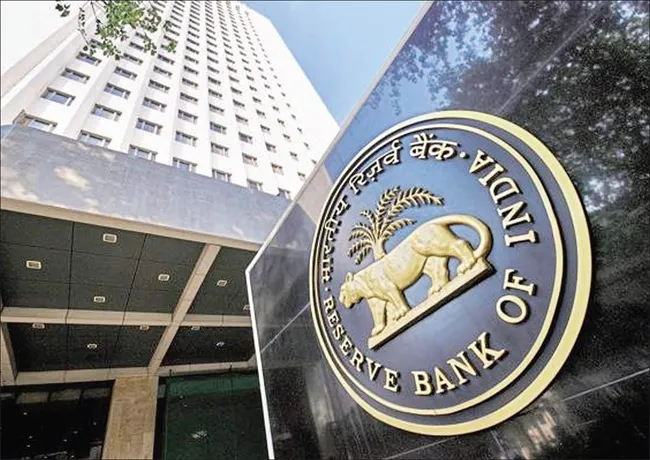Is RBI Capping RE Investments in AIFs at 10 Percent?

Synopsis
Key Takeaways
- 10% cap on individual RE contributions to AIFs.
- 15% collective cap for all REs in an AIF scheme.
- Investments up to 5% allowed without restrictions.
- Full provisions required for exposures exceeding 5%.
- Public feedback invited until June 8, 2025.
Mumbai, May 19 (NationPress) The Reserve Bank of India has proposed a limit on the contribution of any single regulated entity (RE) to an Alternative Investment Fund (AIF), setting it at 10 percent of the fund's total corpus. Additionally, a 15 percent cap will be imposed on the aggregate investment from all REs within an AIF scheme, as detailed in the revised draft directions released on Monday.
Regulated entities, which include banks, pension funds, and insurance firms, frequently invest in AIFs as a means of diversification.
The newly revised draft aims to enhance supervision and mitigate potential misuse of investment options. It specifies that investments by an RE of up to 5 percent of an AIF's corpus will be permitted without restrictions.
However, should any RE's investment surpass 5 percent of the scheme's corpus, and if that scheme has a downstream debt investment in a debtor company linked to the RE (excluding equity shares, convertible preference shares, and convertible debentures), the RE must provision 100 percent of its proportionate exposure.
Furthermore, the proposals indicate that the RBI may exempt certain AIFs, established for strategic purposes, in consultation with the government.
The revised directives from the RBI will apply moving forward, while existing investments and commitments will adhere to the current regulations, as stated in the official announcement.
The RBI explained the reasoning behind the new directions, noting, "Upon review, it has been observed that previous regulatory measures by the Reserve Bank have instilled financial discipline among REs regarding their investments in AIFs."
In addition, the RBI mentioned, "SEBI has released guidelines necessitating thorough due diligence concerning investors and AIF investments to prevent the circumvention of regulatory frameworks."
Public comments on the draft directions have been invited until June 8, 2025, and can be submitted through the 'Connect 2 Regulate' section on the RBI's website or directed to the Chief General Manager, Credit Risk Group of the RBI.








